Visit CMOM’s Wellness Leadership Committee Partnership section for tips and ideas on forming partnerships.
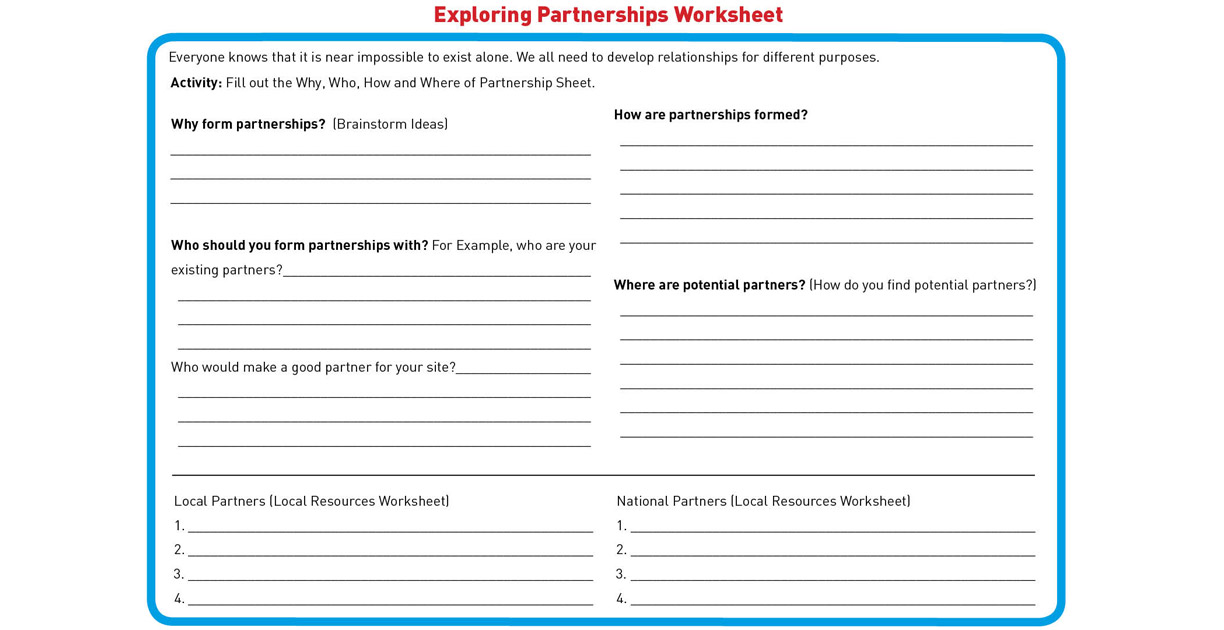
To promote a good night’s sleep, keep all electronics out of the bedroom. Create a restful environment by keeping the room comfortable, quiet and dark.
Try to establish a bedtime routine which might include activities like taking a warm bath, brushing teeth, sharing the best part of the day and giving good-night kisses.

And they can jump and skip and run. Children need 60 minutes of physical activity each day.
Reading books that portray the joy of movement is a great way to use literacy to inspire children to get up and move. Click here for more picture books that inspire joyful physical activity.

A deck of cards is equivalent to approximately 2-3 oz. of meat or fish — the perfect serving size.
And of course when all else fails, your fist is always there!
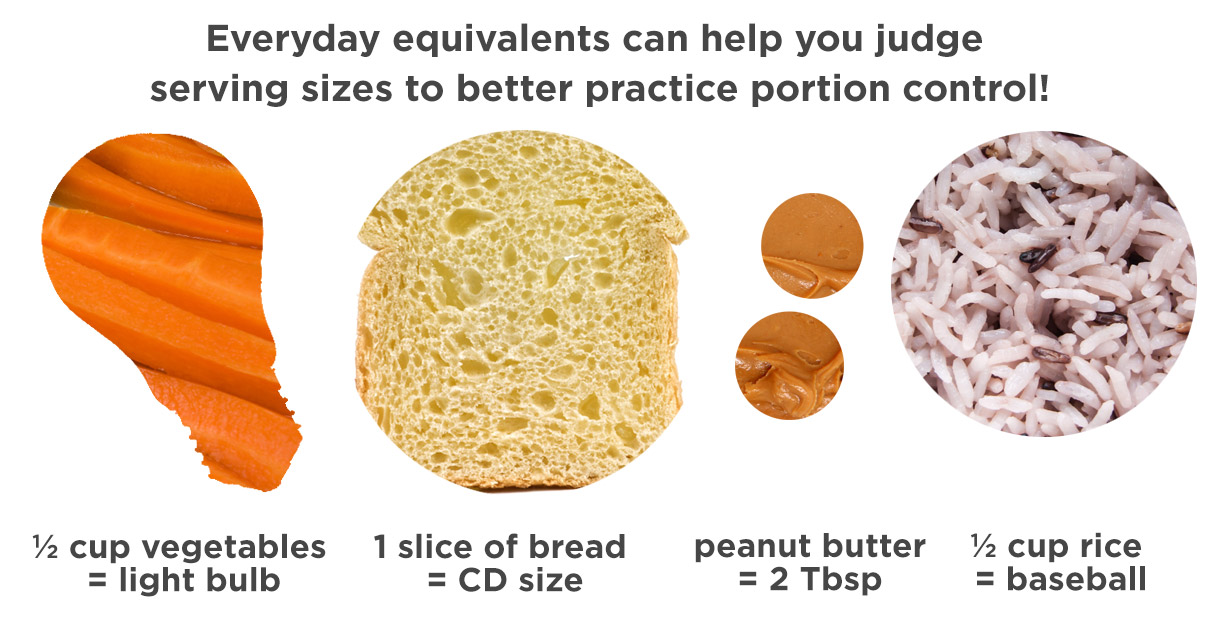
For a winning, toothy smile, the Vitamin C in red and green peppers helps keep teeth and gums healthy.
It also helps heal cuts and wounds!
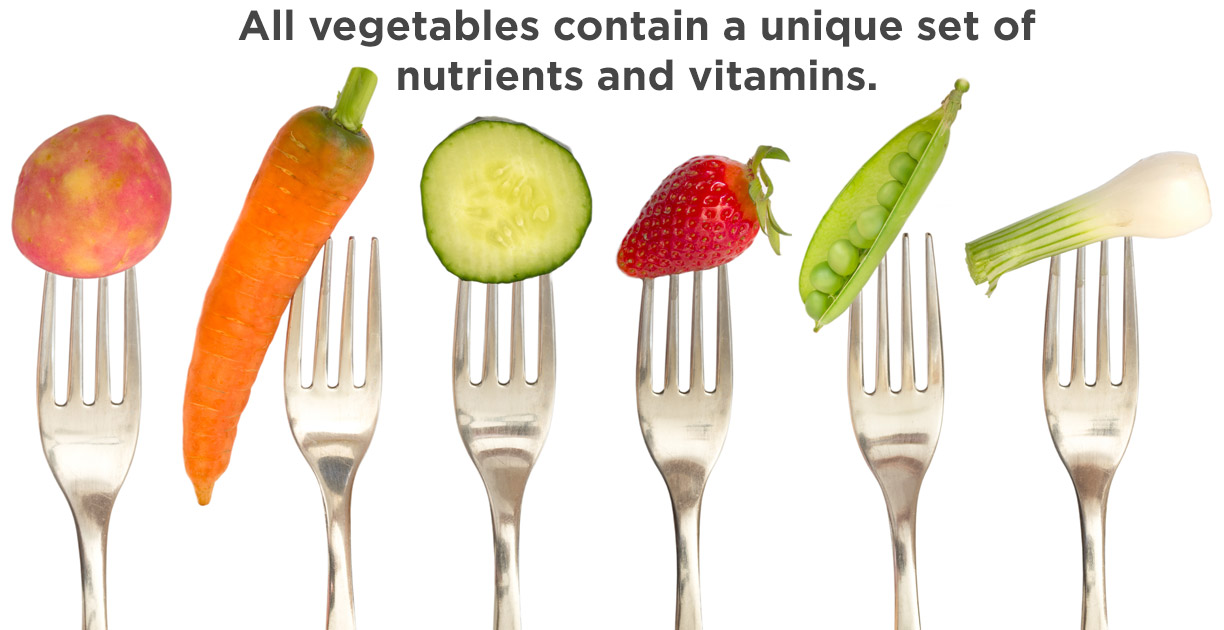
In honor of National Milk Day…
Bones are strengthened by the nutrients in our food and one important nutrient is calcium. Remind students that milk is a great source of calcium.
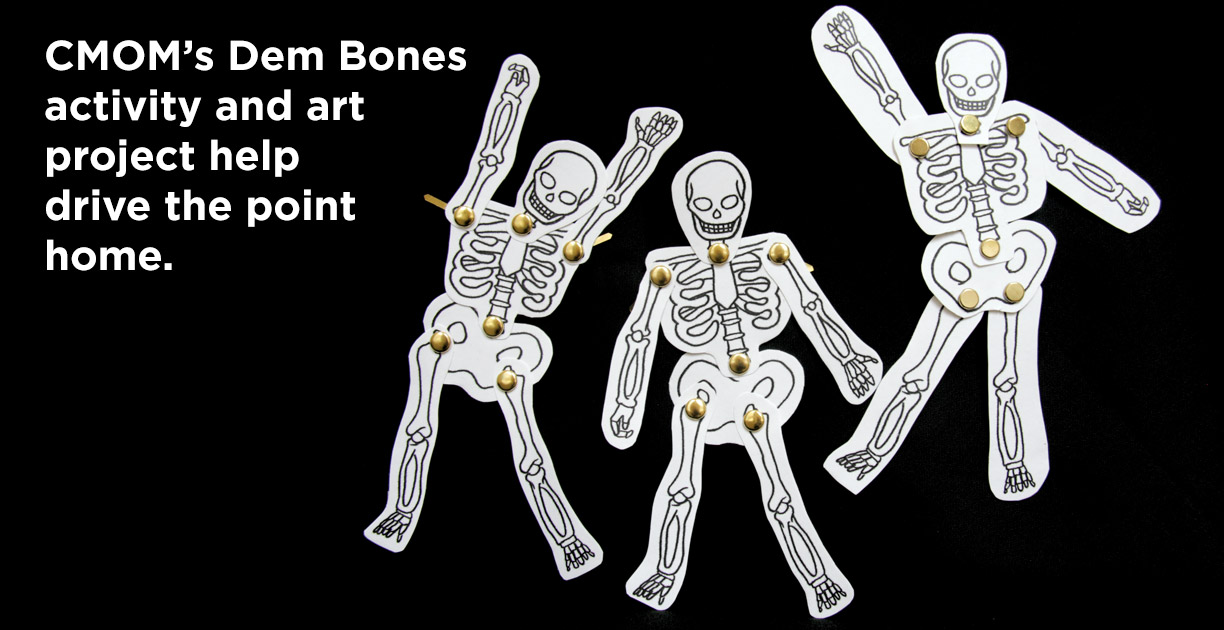
This CMOM worksheet will help you and your team work through areas of policy that you might want to change.
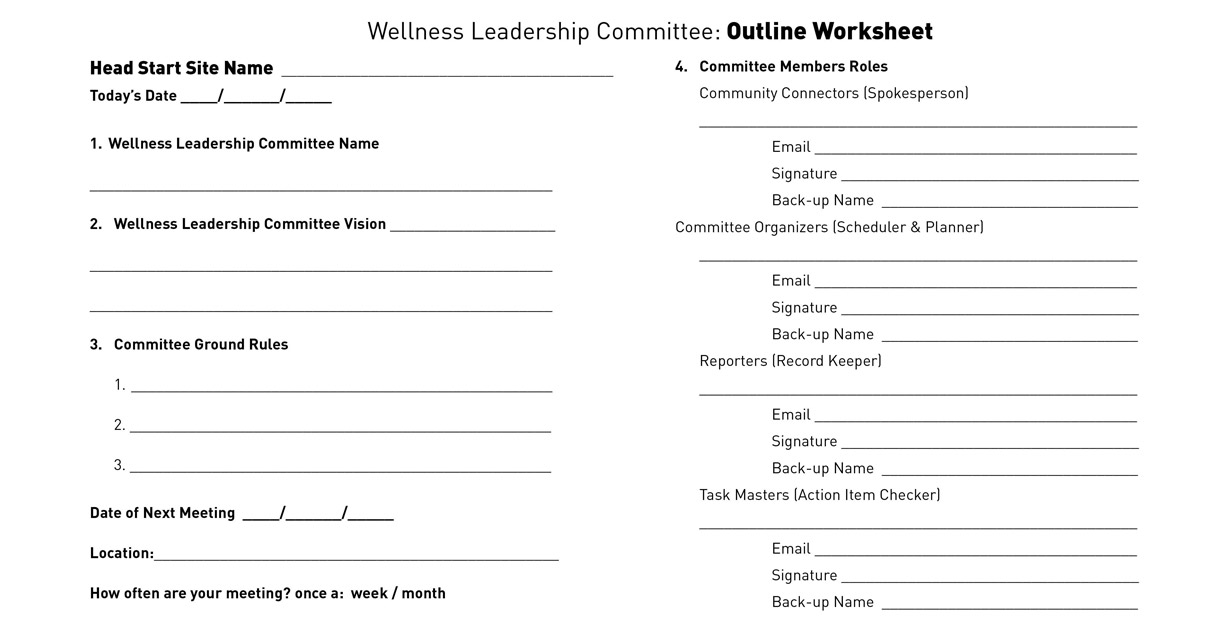
After a week, the tooth would turn colors.
Beverages with added sugar can cause tooth decay!
Try a family science activity! Place an eggshell in a cup of soda and water and see what happens after a week!
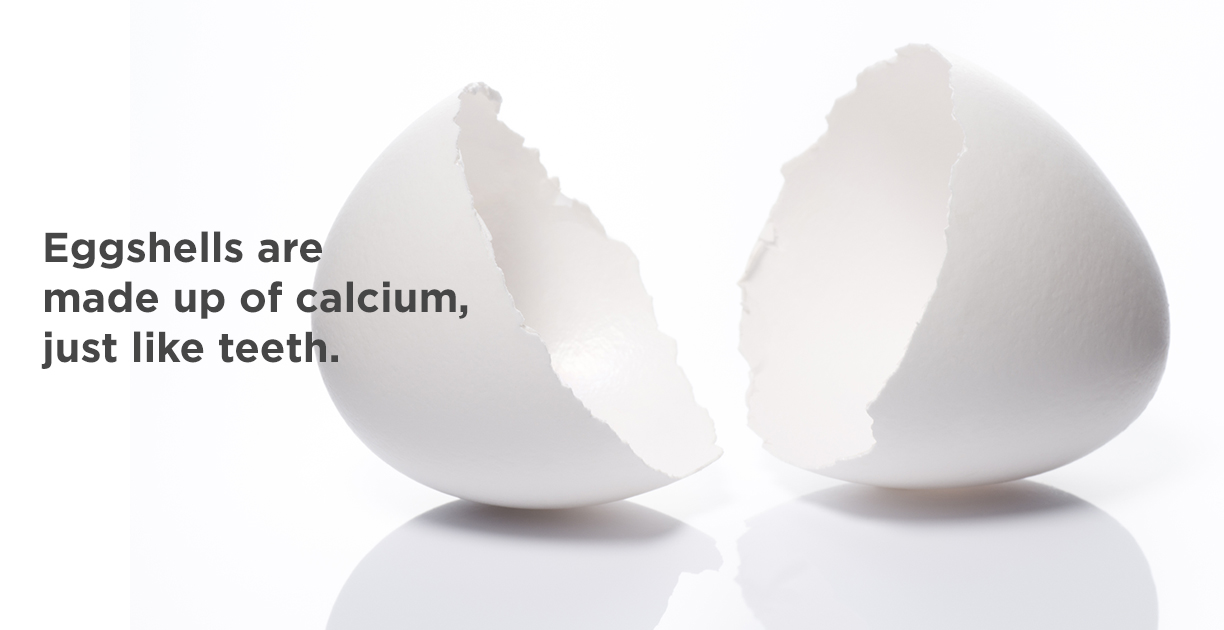
Skim milk and whole milk have the same amount of calcium. Skim milk has none of the fat.
Whole milk is fine for children under two years old, after which, it is time to switch to low-fat or non-fat milk.
Try these bone-building recipes.
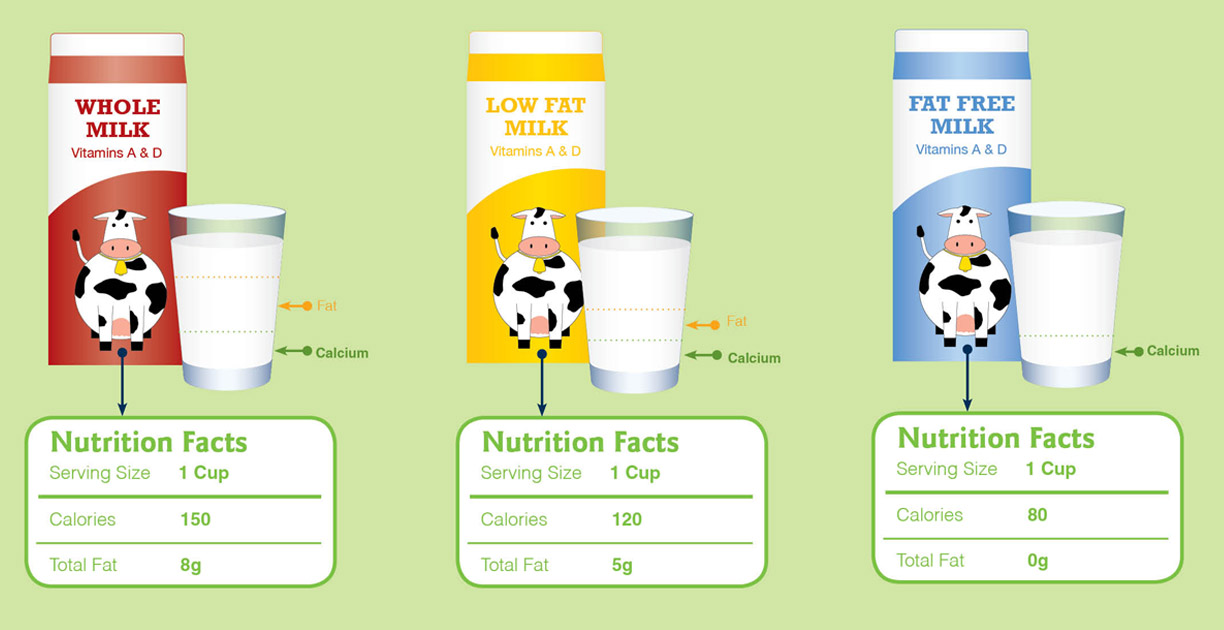
For healthy skin, pumpkin really packs a punch.
Pumpkin is rich in Vitamin A. Vitamin A keeps skin and eyes healthy and helps to protect against infections.

Kids can learn STEM while cooking!
As you cook and prepare food with children, you are helping them learn to count, categorize and recognize colors and shapes.
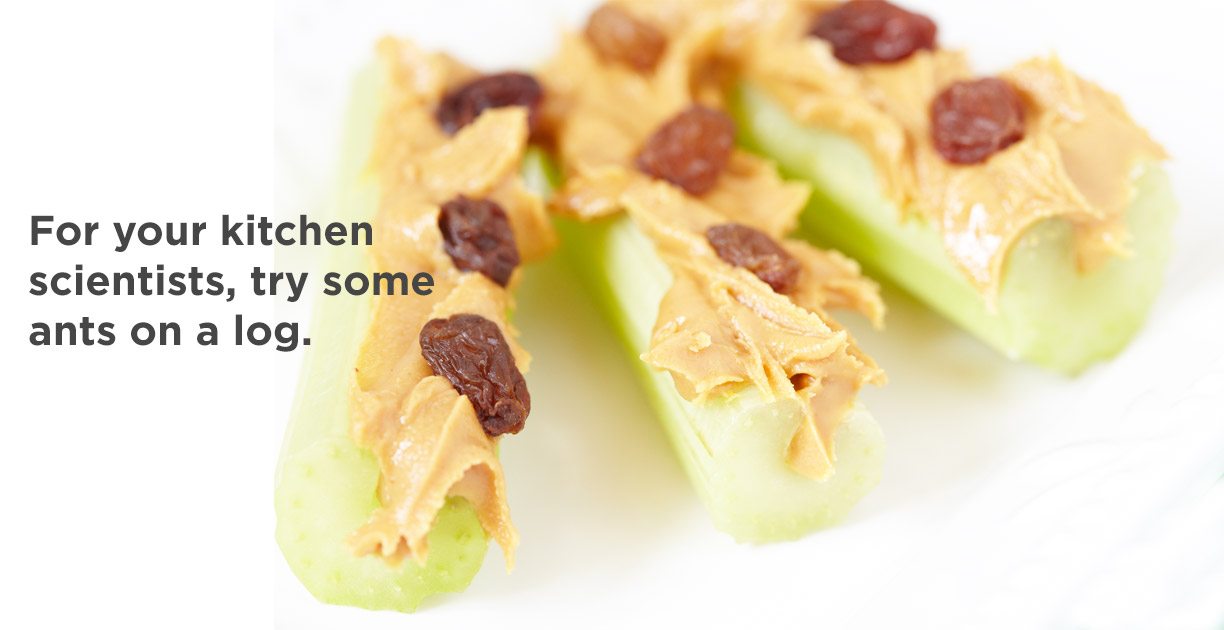
In honor of International Drum Month, get your kids moving to the beat!
If you choose to make drums, use real drums or substitute classroom objects. Then have fun getting everyone’s heart rate up.
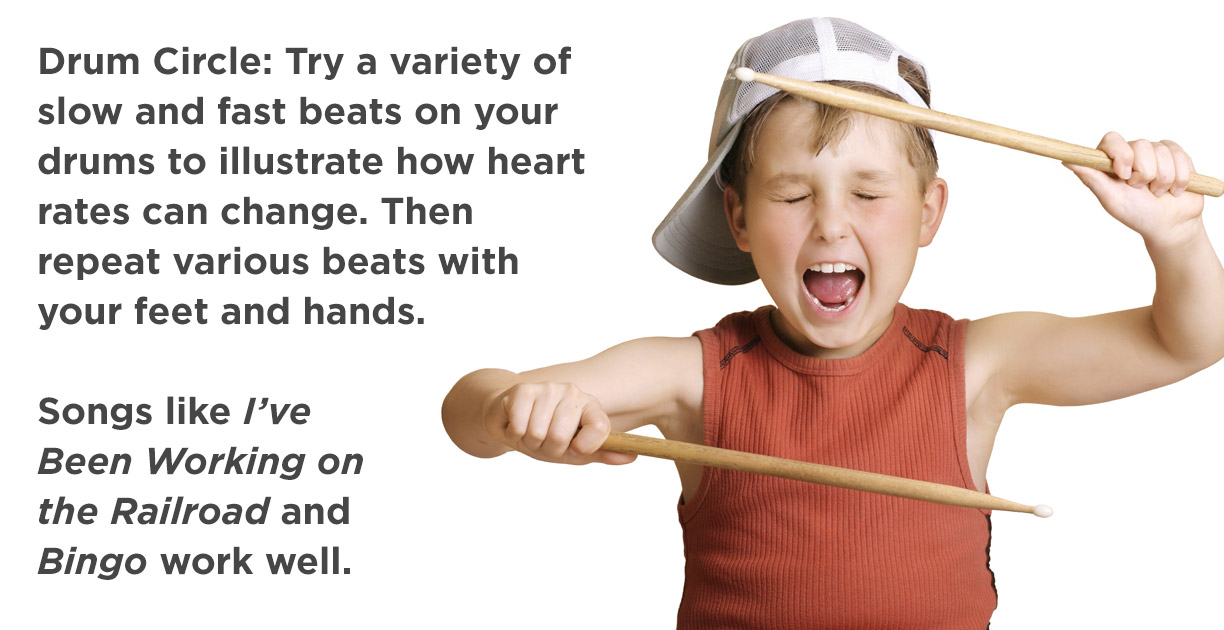
Based on “Duck, Duck, Goose,” use your nutrition knowledge to think of a WHOA food and a GO replacement. How about Cookie, Cookie, Cucumber!
Remember: Healthy choices give you more energy to run around the circle!
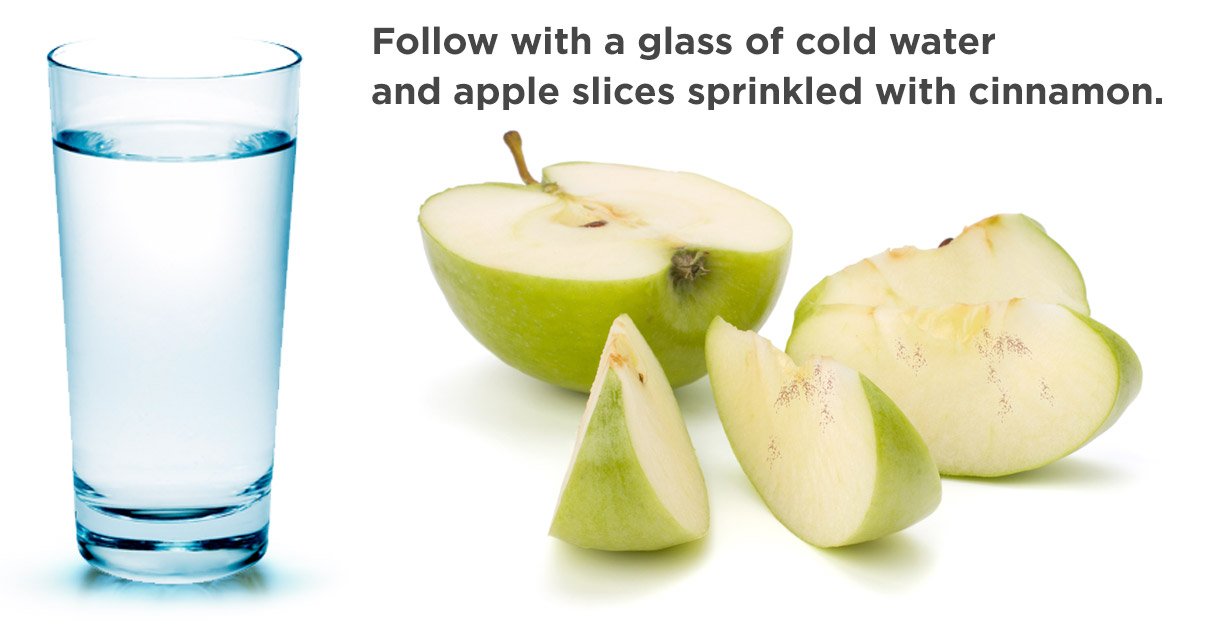
It takes 20 minutes for your brain to register that your stomach is full.
Give your stomach a chance to communicate with your brain. EAT SLOWLY!!!

Water!
Our bodies are 70% water. We lose water throughout our daily lives and have to replenish it to stay active.

Key Benefits of Sleep:
1. Body restores itself during sleep.
2. Sleep increases the brain’s ability to focus, learn, and think clearly.
3. Sleep boosts the immune system which helps fight sickness.

It’s not always easy to get children to try new foods. Try some of the following:
1. Introduce new foods along with other familiar ones.
2. Model the behavior; when children see you trying new foods, they will be more likely to do the same.
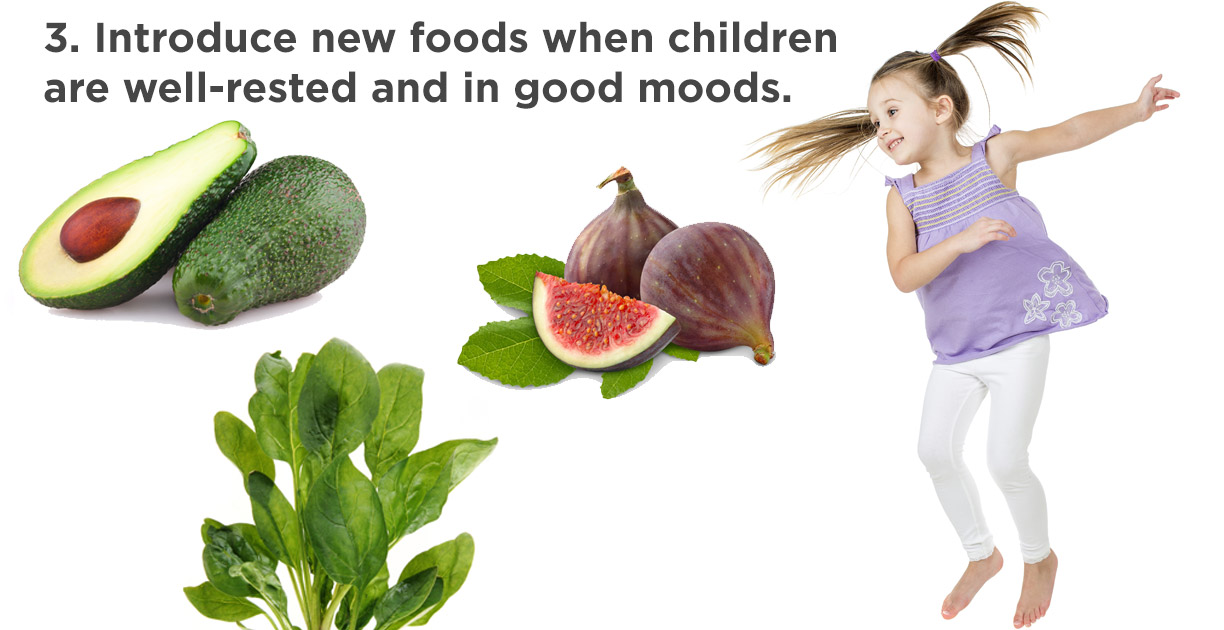
It’s your fist!
When all else fails, your fist is the perfect tool for keeping tabs on the serving sizes you offer others and take for yourself.

Offer a variety of foods to stimulate the conversation:
salty (taste; e.g., whole grain pretzels), sour (taste; e.g., lemon or dill pickles), sweet (smell and taste; e.g., oranges or clementines), sticky (touch; e.g., honey), smooth (touch; e.g., banana), crunchy (sound; e.g., sweet red pepper) and colorful (sight) foods

Sugary drinks are NOT recommended before a workout.
Added sugars in foods and drinks provide extra calories, but no additional nutrients, to help you keep active or exercise.
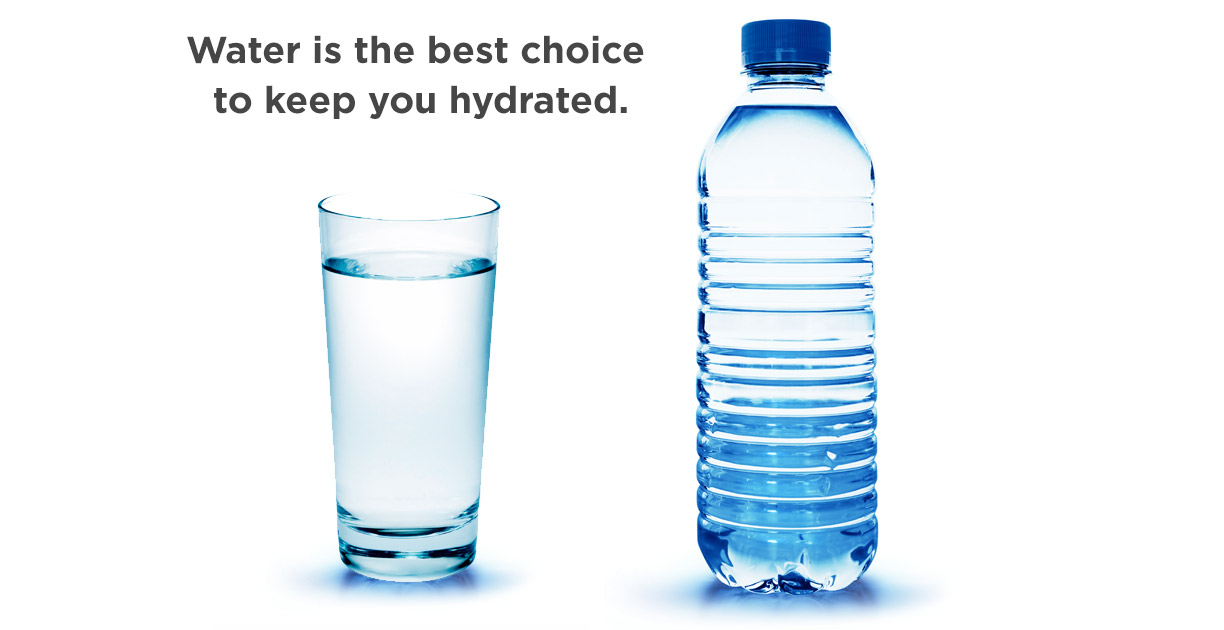
A light bulb is the perfect portion size for fruits and vegetables.
And of course when all else fails, your fist is always there!
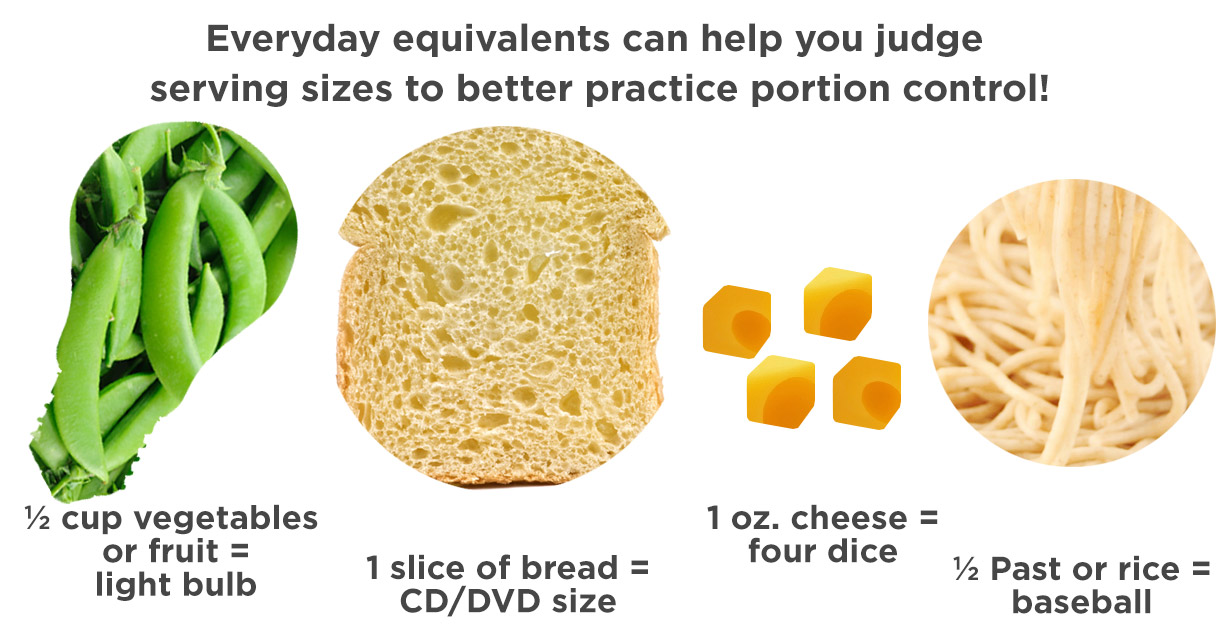
In vegetables, color DOES matter.
Different colors provide different nutrients. Eating a wide variety of different colored fruits and vegetables helps ensure that your body gets all of the vitamins and nutrients it needs.

Low fat and high fiber are a winning combination to start your day! September is All-American Breakfast Month.
Add fat-free or low-fat milk and apple slices to instant oatmeal. Spread a teaspoon of fat-free or low-fat cream cheese on a piece of toasted whole grain bread.
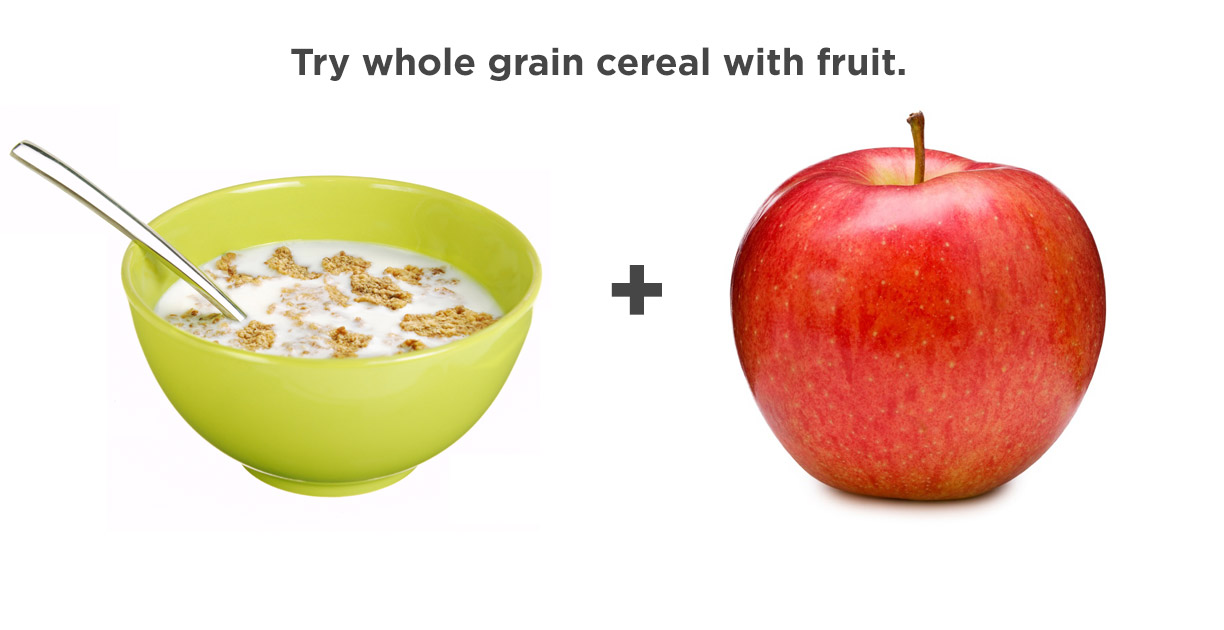
Inadequate sleep can impact healthy eating decisions.
We tend to choose less healthy options when we are sleep deprived.
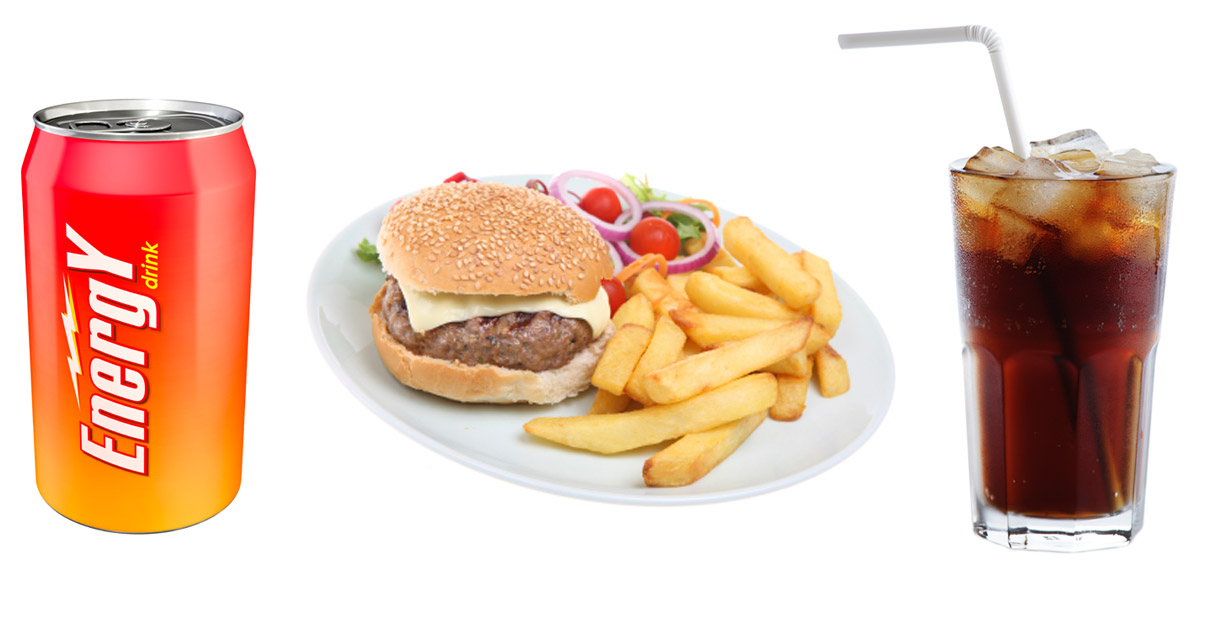
This may surprise you, but your sense of taste is not just through your mouth; your nose is also an important tool for tasting.
Children are more likely to taste something if they experience it with their five senses.
Help your students think with their five senses with this fun art activity.

70% of our bodies are made up of WATER!
Water is essential to our body’s survival.
It has no fat or calories and is essential to every cell, tissue and organ in your body.
Fruits and vegetables also contain water.
Water is a GO drink; drink it anytime!

Celebrate the fruit with more antioxidants that almost any other. Antioxidants help protect your body’s cells from being damaged.
Try these yummy blueberry recipes.

Create a vision board that represents the committee’s health and wellness goals using pictures, images and words.
The board should be constantly changing to reflect the whole committee’s ideas, and successes.
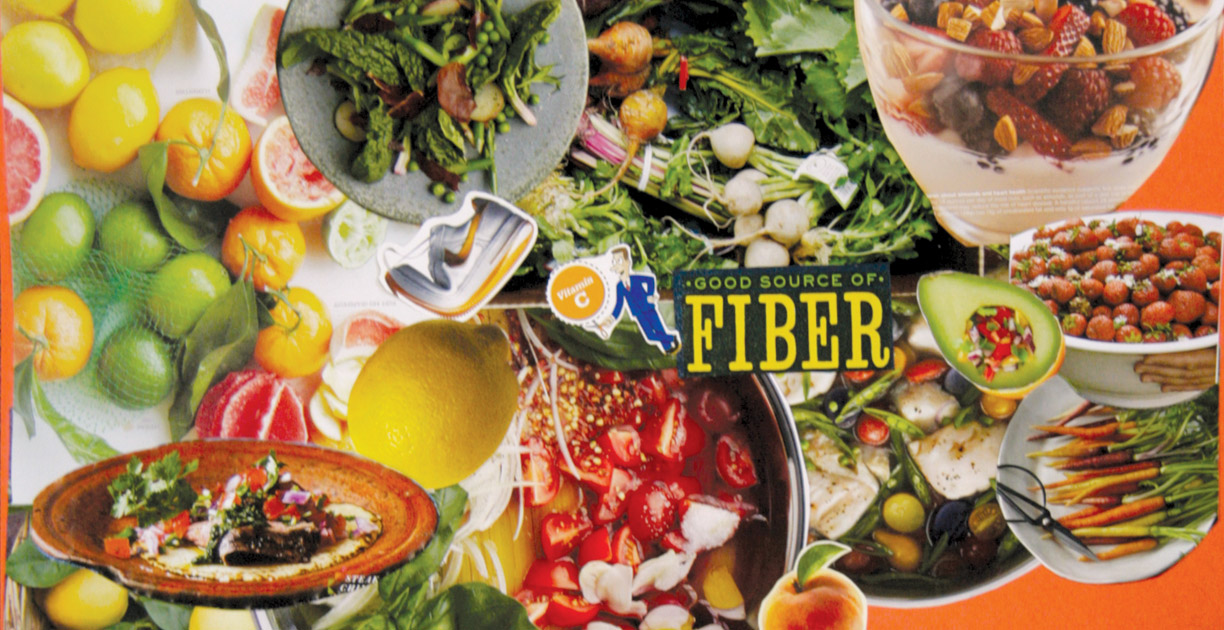
Family dinners and activities can influence school success more than family income or education!
Learn some winning family meal activities.

All three – patience, perseverance and persistence – might be needed in the quest to get a picky eater to try new foods.
It’s not always easy to get children to try new foods. Try some of the following:
- Introduce new foods along with other familiar ones.
- Introduce new food when children are well-rested and in good moods.
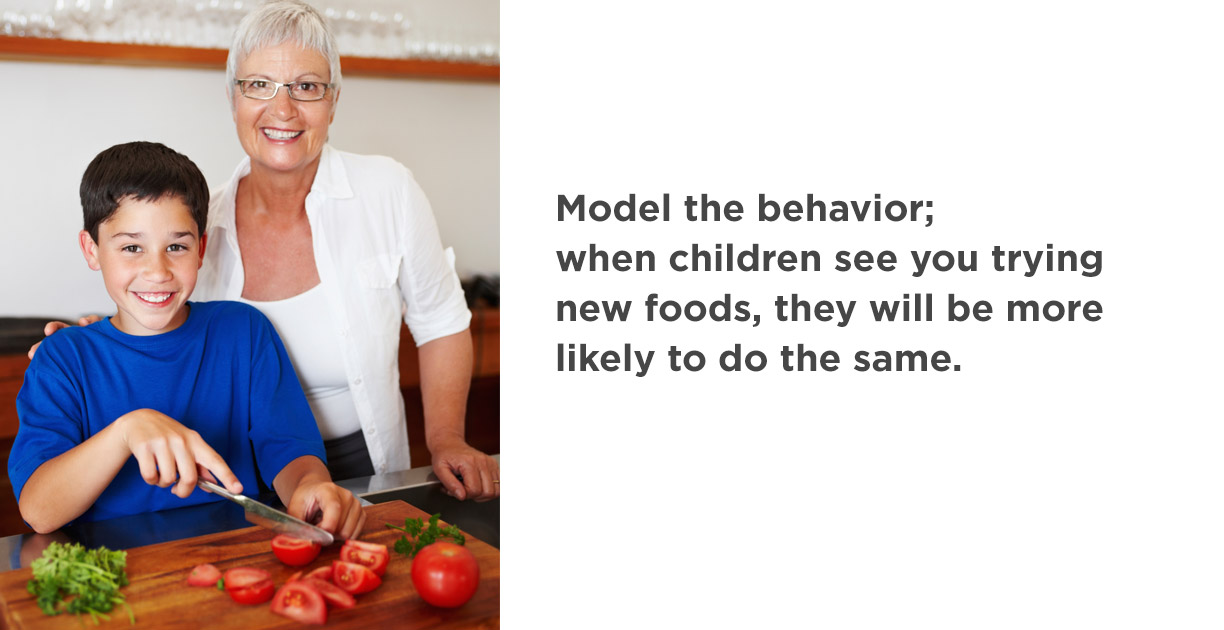
Use smaller plates to serve food.
Use your fist as a portion size guide.
If the portion is bigger than your fist, it’s probably too much!

The body does not stop working, or moving, when you sleep. Your heart continues to pump, and the brain is active — having dreams, sorting out the day’s events, allowing your mind and body to “re-charge.”
Sleep is a time for the body to perform functions that only occur while sleeping, like hormone regulation.
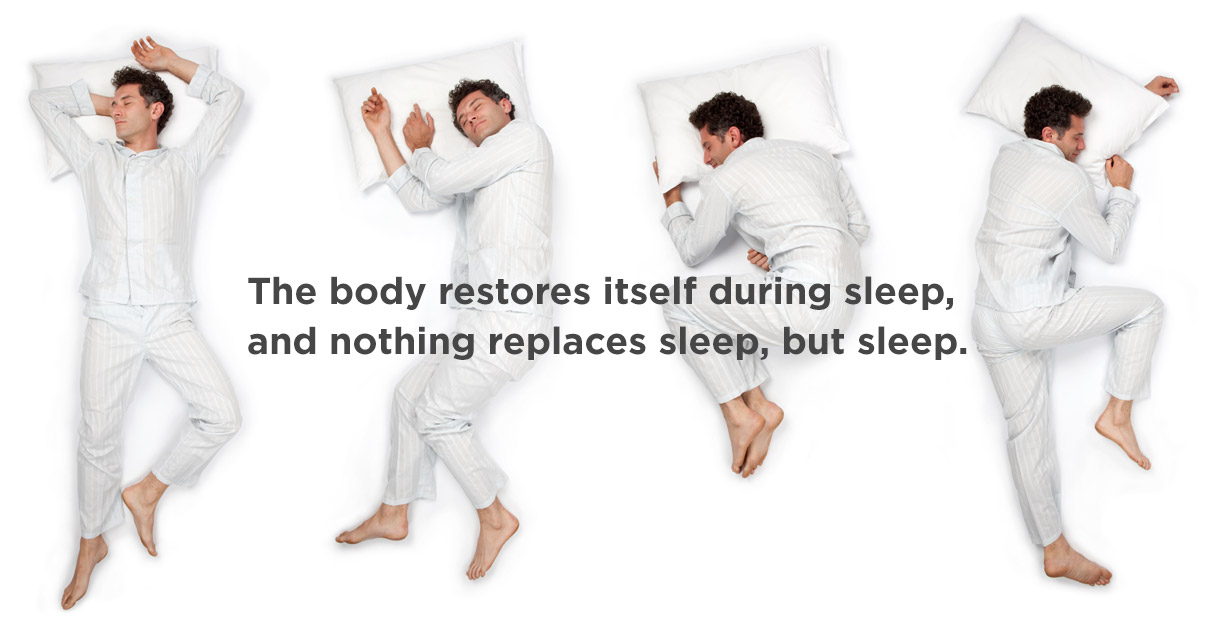
Sweet potatoes, tomato paste, tomato puree, beet greens, white potatoes, white beans, lima beans, cooked greens, carrot juice are all good vegetable sources of potassium.
This fun song will introduce your class to lots of vegetables.
June is National Fruit and Vegetable Month!
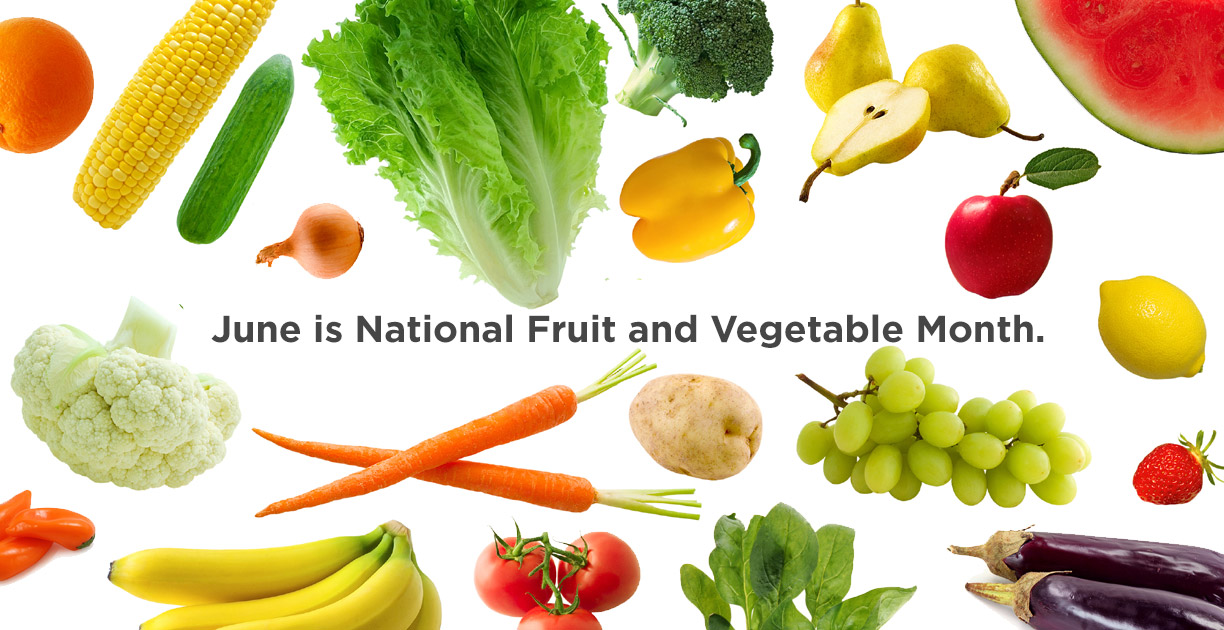
Children will be more receptive to new foods when they’re well rested.
Plan ahead.
Try to introduce new foods on weekends, or at times when you know your students or children have had the proper amount of rest.
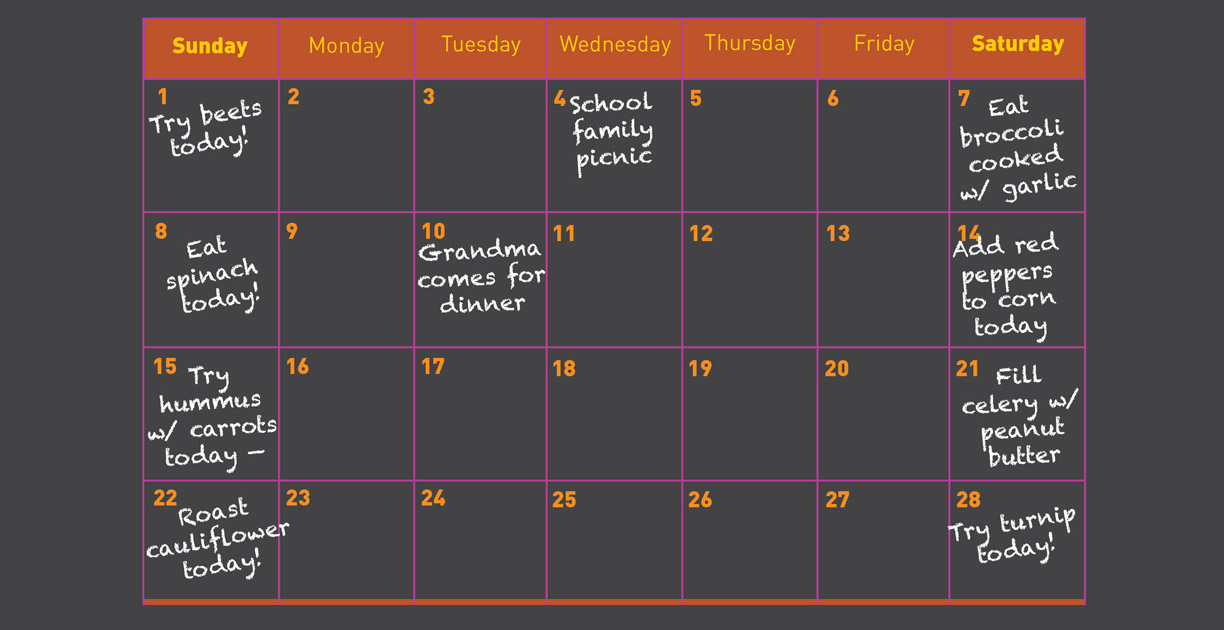
Both broccoli and milk are good sources of calcium.
Also try cheese, yogurt, almonds and soybeans.
Calcium is the building block for bones.
Try these Bone Building Recipes.

Take some time to interview a colleague with CMOM’s Life Skills Questionnaire.
You never know what you might find out!

Physical habits established in childhood may last a lifetime!
Get your class to Move to the Beat with these fun activities.
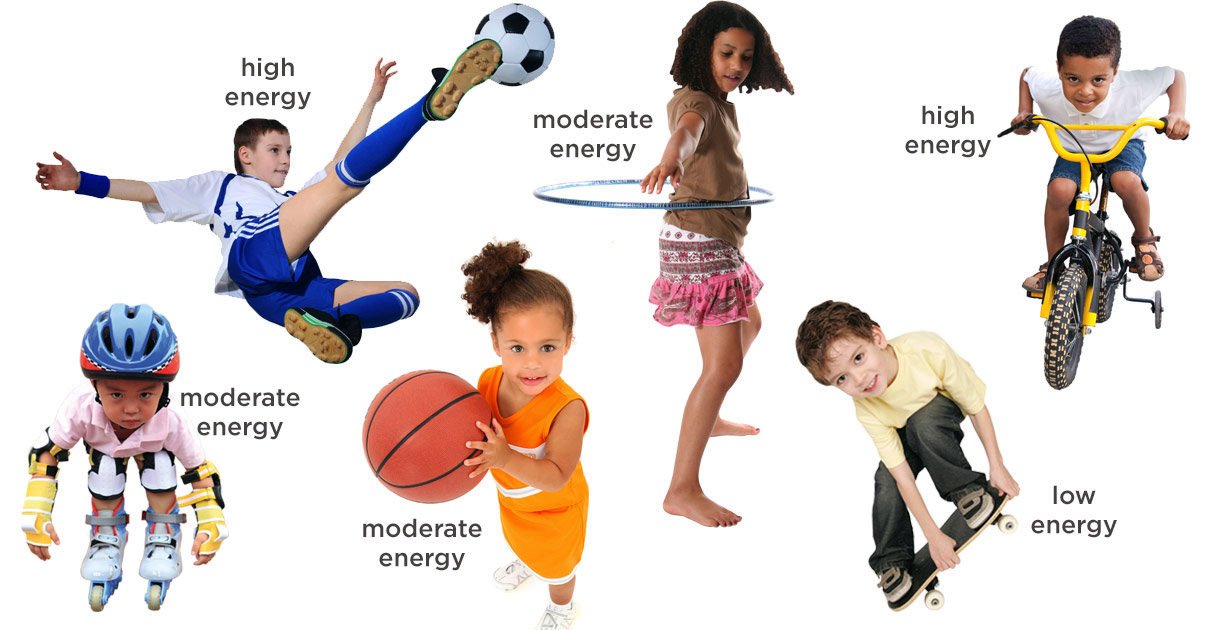
Strategies For a Better Night’s Sleep
- Stick to a regular bedtime, including a consistent bedtime over weekday and weekend nights.
- Set a regular wake up time.
- Keep electronics out of the bedroom.
- Avoid caffeine and negative messages about sleep.
- Create a sleep environment that is dark, quiet, and comfortable.

Try, Try again!
It can take between 8-15 tries before a child will accept a new food. So be patient.
Here are some helpful strategies for getting children to try new foods:
- Children will be more receptive to new foods when they’re rested.
- Offer one new food with familiar foods.
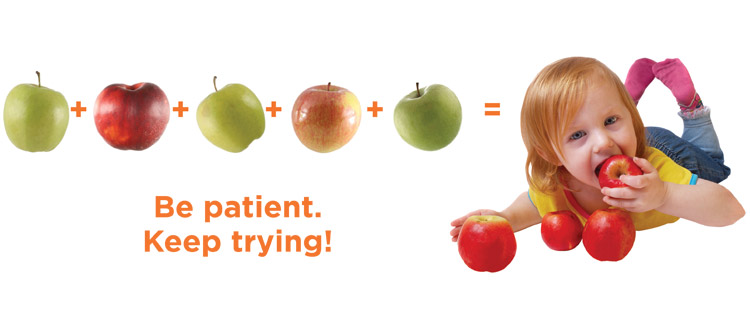
Swimming is a moderate activity.
It’s important to balance the energy we take IN (calories we consume) with the energy we put OUT (calories we burn).
Physical activity helps to maintain a health weight.

This might surprise you. Vegetables, whether fresh, frozen or canned, are an excellent source of vitamins.
If buying canned vegetables, look for the label with no added sodium or salt. Rinse the vegetables before eating.
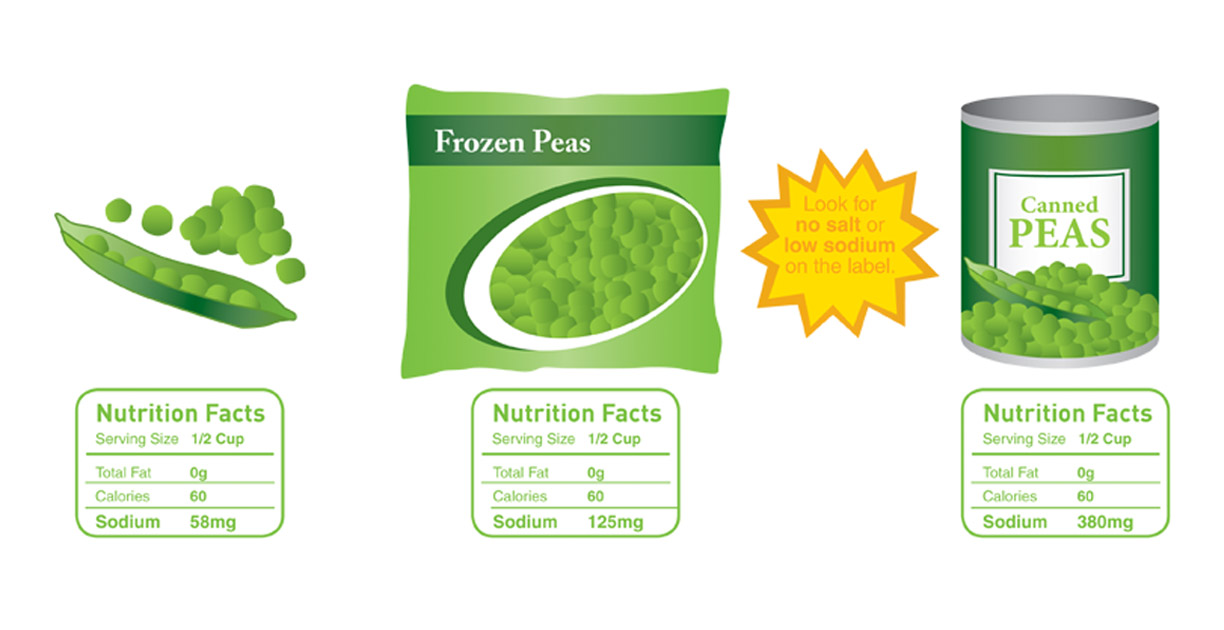
Young and old, we all need 60 minutes of exercise each day, but your daily activity does not have to be continuous.
Here’s an example: 25 minutes dancing + 15 minutes jumping rope + 20 minutes hula hoping = 60 minutes of exercise!
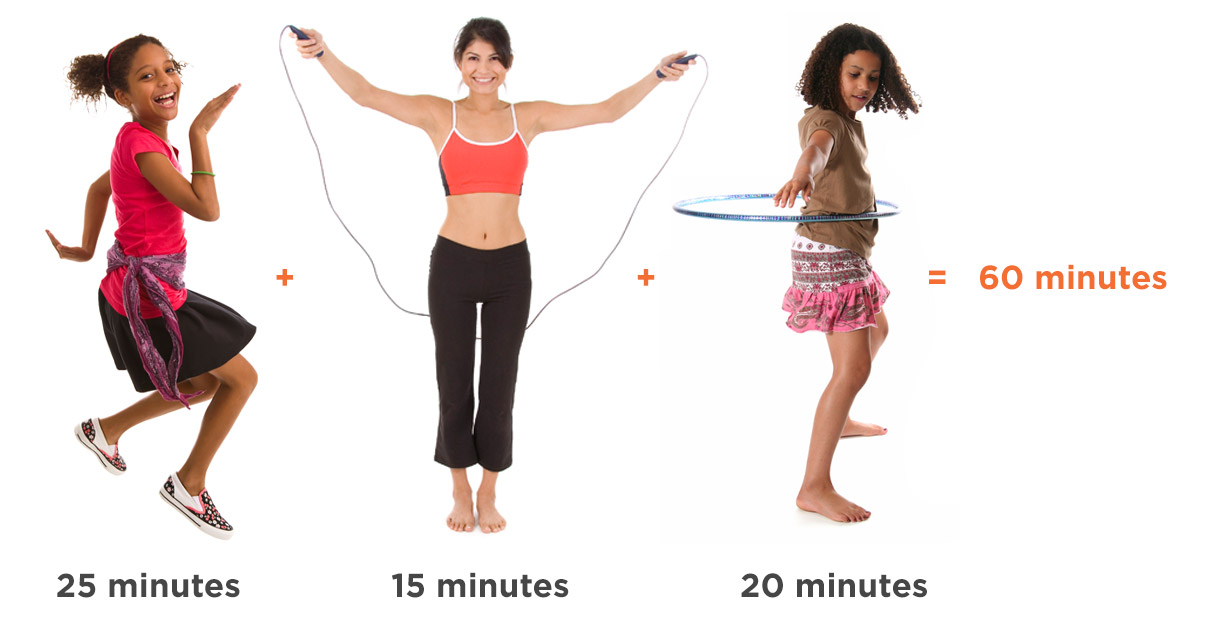
Oil is a great substitute for butter. Always try to use GO foods, like oil, instead of WHOA foods, like butter.
Try some healthy GO food recipes.

Sleep and obesity are connected!
Inadequate sleep can affect body weight by negatively influencing a person’s ability to make healthy food choices, as well as by inhibiting the body’s ability process food.
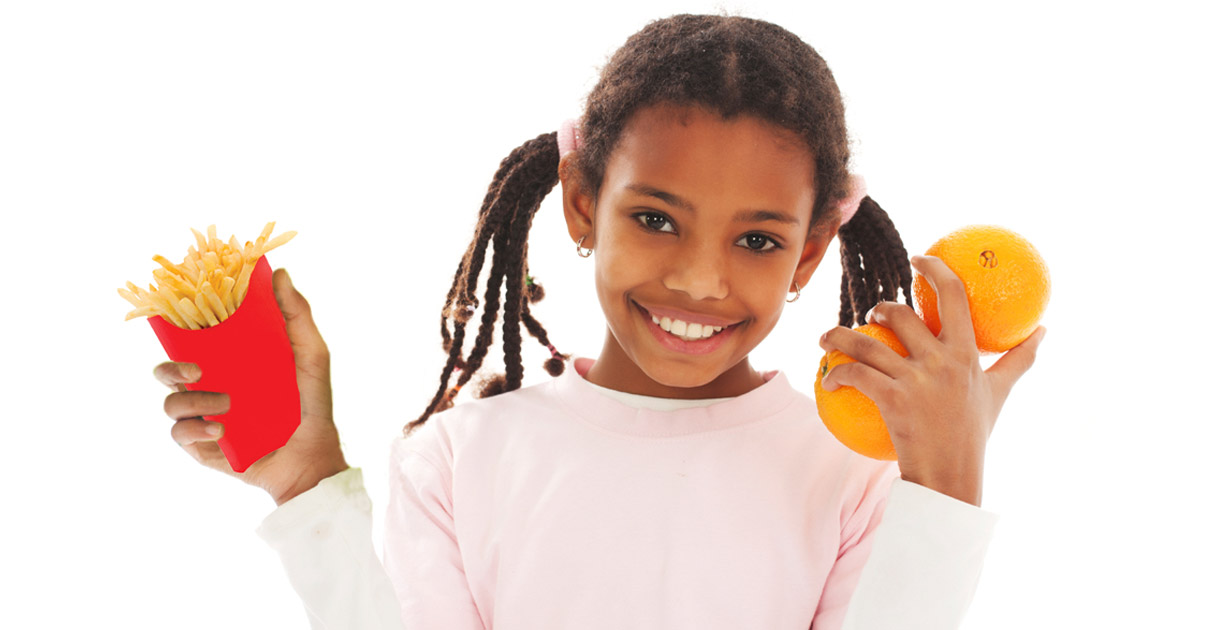
A baseball is about ½ cup – the perfect serving size for rice or pasta.
Everyday equivalents can help you judge serving sizes to better practice portion control!

A can of regular soda has 13 teaspoons of sugar!
That is way too much.
Watch this Sugar Demo and then try it with your class.
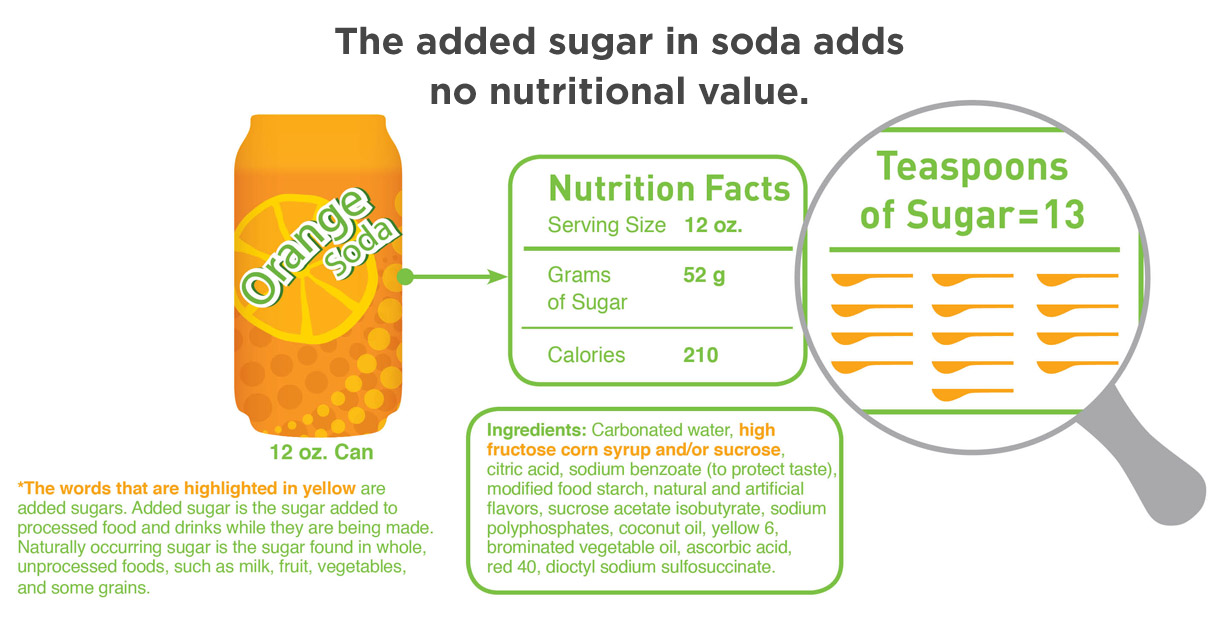
This Raising the Bar Graph, part of our Becoming Wellness Leaders module, can help you reflect on the different areas of your work and personal life in a constructive way.
The first step to enacting change on a community level is to understand who you are as an individual. The Bar Graph exercise is a good way to get started.
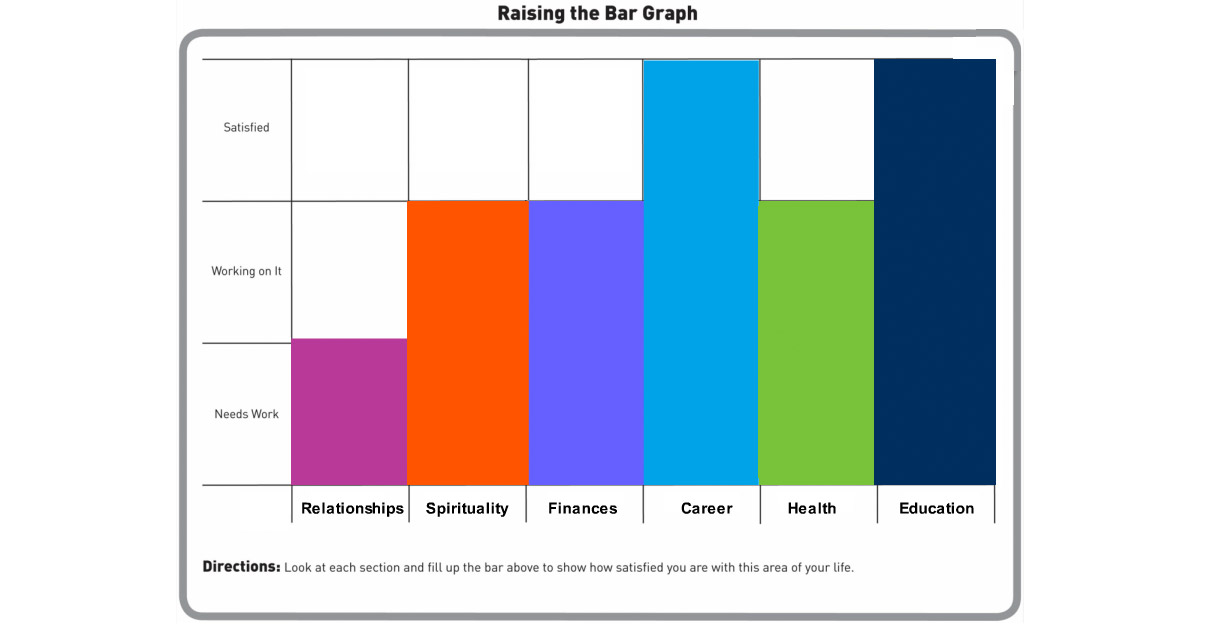
Offering a variety of foods does not confuse preschoolers. It actually helps children accept new foods!
When children get used to trying new foods, they are more likely to accept different tastes.
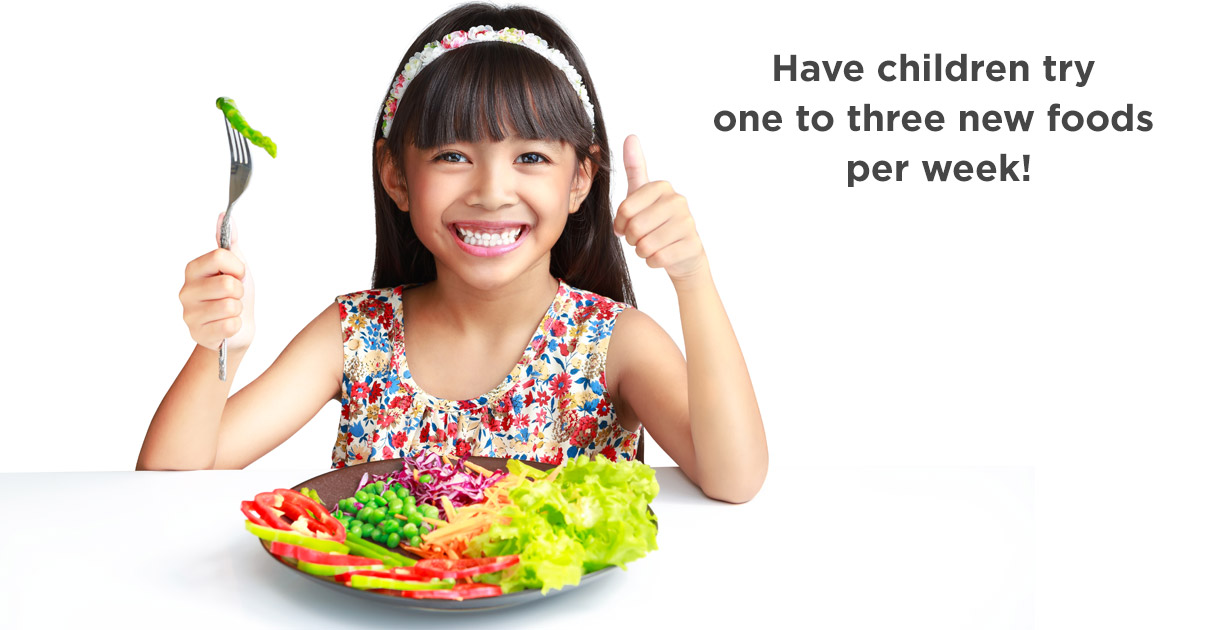
Make a salad of Purple, Green and Yellow!
Color not only adds a nice visual element to your plate – mixing it up also ensures that you are getting a variety of nutrients.
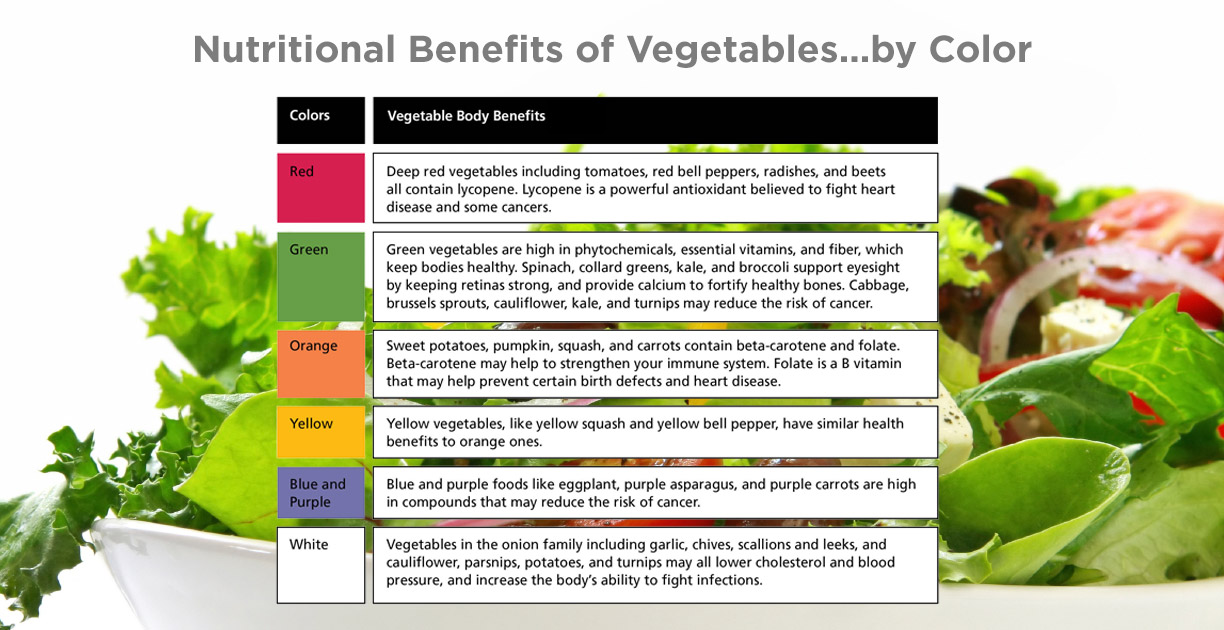
A baby has about 300 bones, while adults have only 206.
As children grow, their bones fuse together.

Adults need 8 hours of sleep each night.







